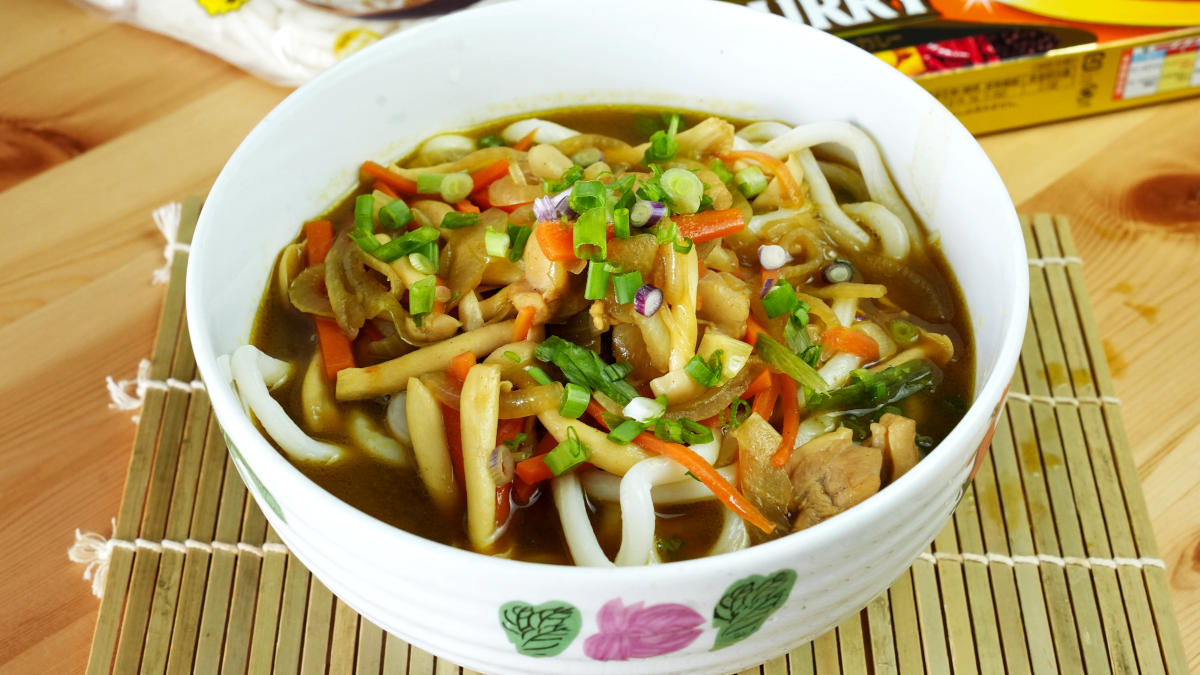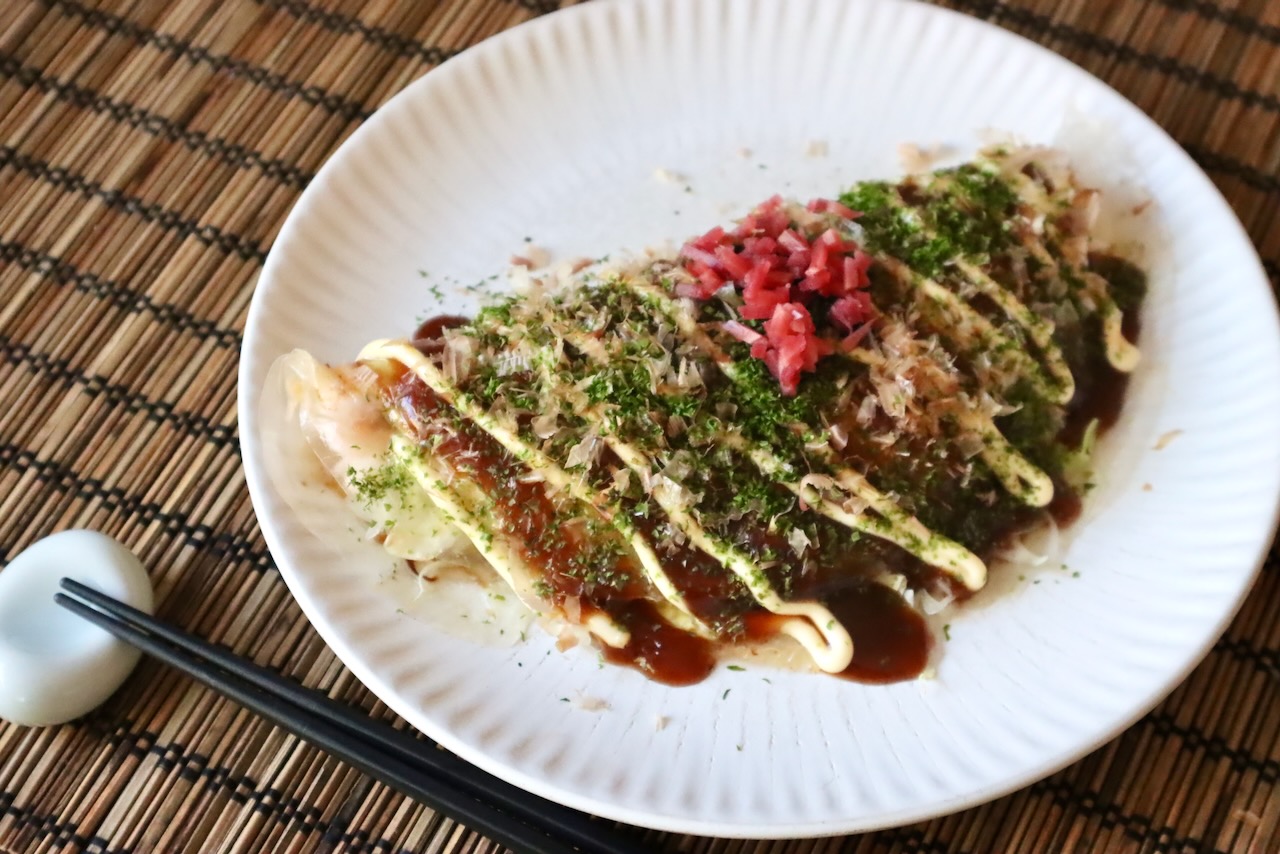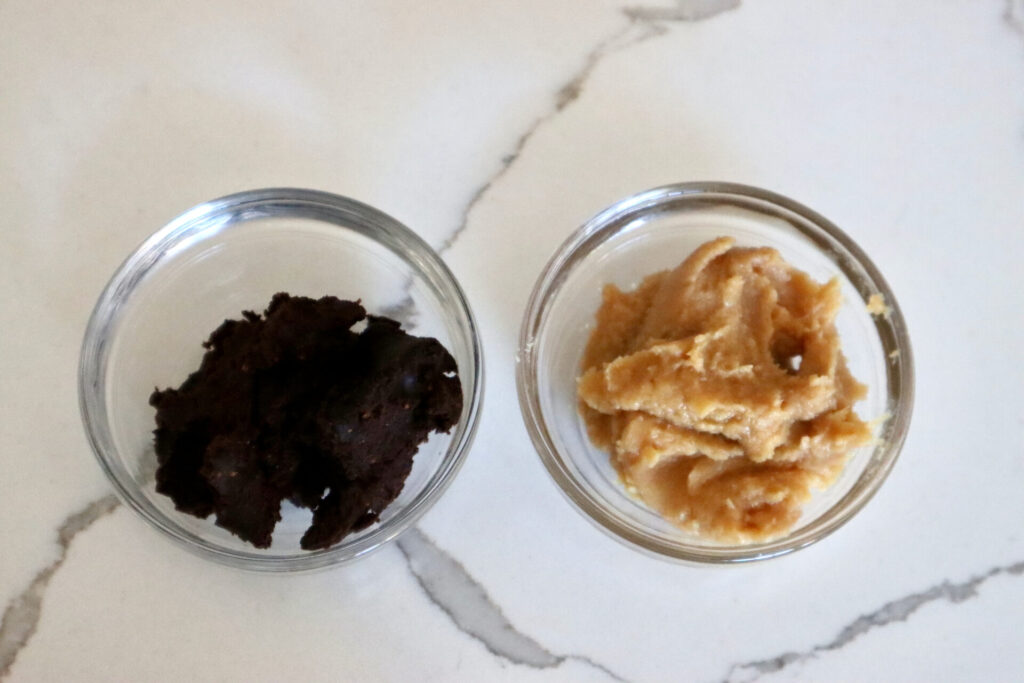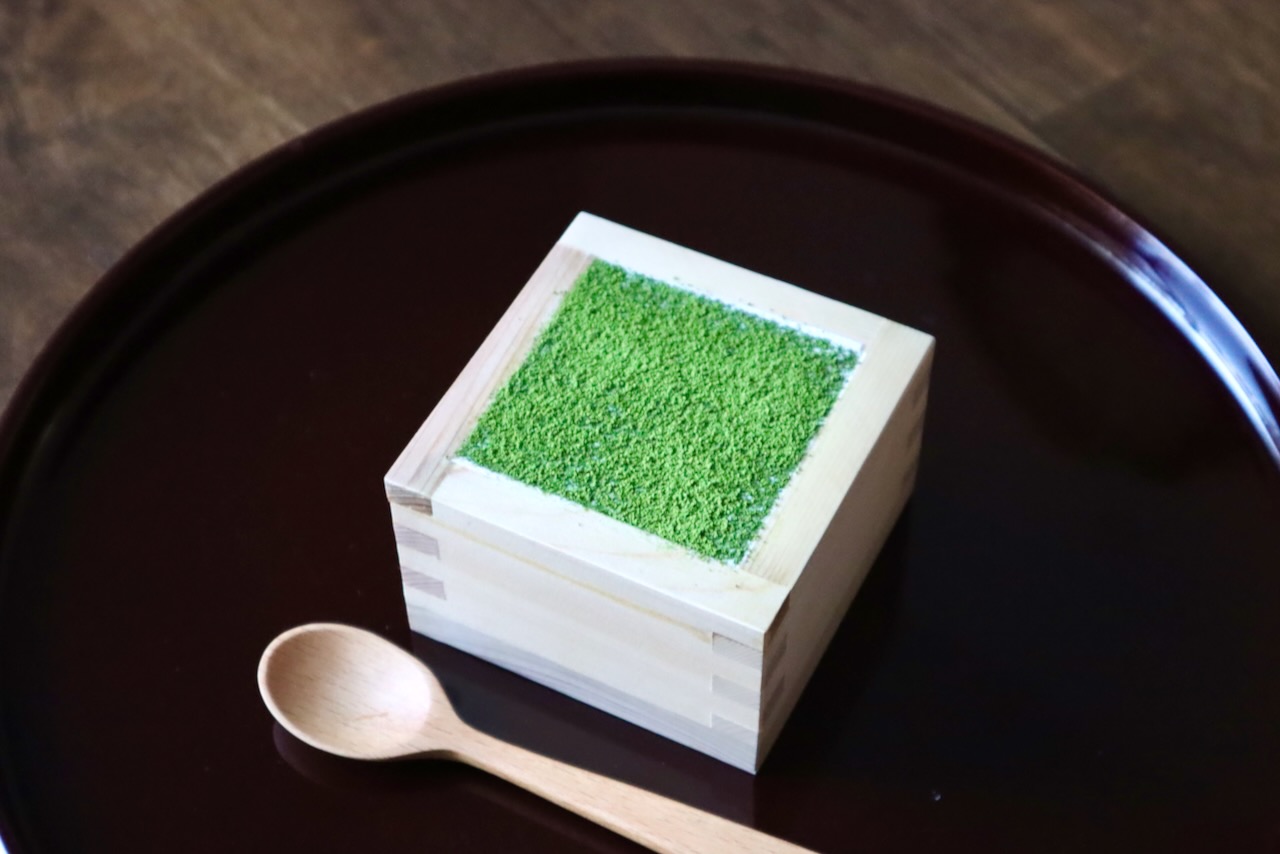This Japanese curry udon recipe boasts incredible flavor and can be prepared in under 30 minutes.
Curry did not originate in Japan, but it has made its way from India to various parts of the world, adapting to local culinary traditions wherever it goes.
When curry arrived in Japan, it blended seamlessly with local dashi and udon, resulting in the unique Japanese curry udon noodles we relish today.
Curry udon is an ideal one-pot meal that combines the rich, spicy flavors of dashi with the complex spices of curry.
Despite its seemingly intricate nature, this dish is quick and easy to prepare, making it perfect for busy weeknights.
Here’s my take on Japanese curry udon. Let’s enjoy!

What is Udon?
Udon is a thick Japanese noodle made from wheat flour, featuring a chewy texture that works well in stir-fries or as soup noodles in a dashi-based broth.
Fresh udon noodles are round, elastic, and plump, requiring less than a minute of cooking in boiling water. In contrast, dry udon noodles take approximately 8 to 12 minutes to cook and resemble fettuccine, becoming plumper when prepared.
How to Prepare Japanese Curry Udon
Here’s my interpretation of Japanese curry udon.
1. Prepare the Ingredients
A. Cooking the Noodles
- Blanch fresh udon noodles in boiling water for half a minute. Drain and transfer to a serving bowl. Alternatively, soak the fresh noodles in hot water to loosen them, then drain and place in the serving bowl.
- If using dry udon noodles, boil them in water until al dente, following the package instructions, which typically takes 8 to 12 minutes.
B. Vegetables and Protein
The noodles can be paired with your choice of protein. Beef, chicken, and pork are popular options in Japanese restaurants, but I prefer pork cutlets. If you enjoy fatty pork, consider using pork belly or adding a few slices of Japanese chashu.
If you opt for chicken, chicken thighs are more tender than breasts.
- Cut the chicken into 1.5-inch pieces and season with salt and pepper.
- Slice green onions into short sections for topping.
- Thinly slice an onion and julienne a carrot.
- Remove the stems from a packet of shimeiji mushrooms.
Note: The ingredients can be quite versatile. To keep the recipe simple, I used the ingredients mentioned above, but you can also consider adding potatoes, shiitake mushrooms, or tomatoes.

C. Make the Dashi Stock
- Kombu dashi stock is made with two primary ingredients: kombu and bonito flakes. For a detailed guide on preparing dashi stock from scratch, refer to the relevant recipe.
- A quicker method involves using instant dashi granules to create the dashi broth.
- Alternatively, you can use store-bought tsuyu soup stock, which is typically sold in concentrated form and contains dashi and soy sauce.
In this recipe, I used instant dashi powder, combining four packets with one liter of water to create the broth.
D. Add the Curry to the Stock
Traditionally, Japanese curry udon is made with leftover curry, but you can also prepare it from scratch. Here are two methods for creating the curry broth:
- Method 1: Mix Japanese curry powder into the dashi stock and thicken it with potato starch. Cornstarch can be used as a substitute if potato starch is unavailable.
- Method 2: Use Japanese curry roux cubes, which are convenient for making Japanese curry. Simply add two curry cubes to one liter of dashi broth!
Note: S&B is the most popular brand for Japanese curry powder and roux. Using curry powder from other countries may not yield an authentic flavor.

2. Putting It All Together
- Sauté the onion in some oil until slightly caramelized, as this adds a sweet and umami-rich flavor to the curry.
- Add the chicken pieces to the pan and stir-fry with the caramelized onions until the chicken is slightly golden on both sides.
- Add the carrots and shimeji mushrooms, cooking over medium heat until aromatic.
- Pour the dashi broth into the pan and bring it to a boil, which will help deglaze the pan. Then transfer the ingredients to a stockpot.
- In a ladle, mash the curry cubes with some hot dashi stock until they dissolve, then add them back to the pot.
- Return the chicken to the curry broth.
- Season with soy sauce, sake, and mirin.
- Drizzle with sesame oil and remove from heat.
- Transfer the noodles to serving bowls.
- Pour the broth and ingredients over the noodles.
- Top with sliced spring onions before serving.
Note:
- Sanuki Udon is highly recommended if available; these udon noodles are thick, firm, and bouncy, making them perfect for this recipe.
- Fresh udon is typically found in the refrigerated section of Asian supermarkets. If unavailable, dry udon can be used; just follow the package instructions for preparation.
- Shimeji mushrooms can be substituted with shiitake mushrooms if desired. Other suitable ingredients include bok choy and Japanese fish cakes.
- Consider adding a poached egg as a topping for added richness.
- Some recipes include a small amount of tomato paste for flavor enhancement or a tablespoon of sour cream for thickening. I prefer to keep this recipe simple and omit those ingredients.
Other Related Recipes to Curry Udon
If you enjoy this curry udon recipe, you might also want to try other noodle soups or curries featured on this blog:
- For a similar experience, try this Japanese Curry recipe. The preparation method is akin to the soup base for udon noodles, but thicker, making it perfect with steamed rice.
- If you’re a fan of curry dishes, this Malaysian-style chicken curry is a must-try.





